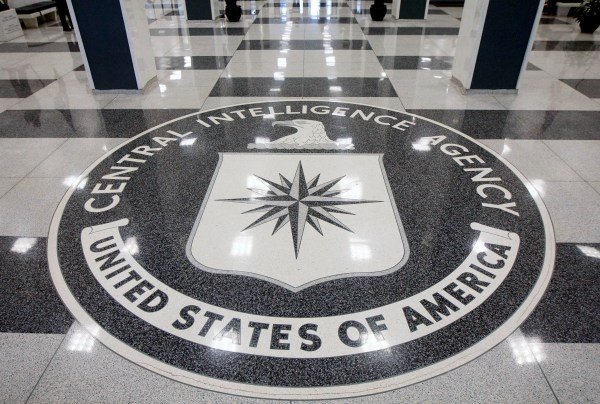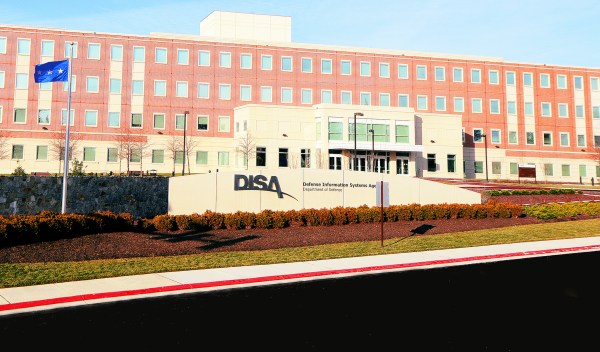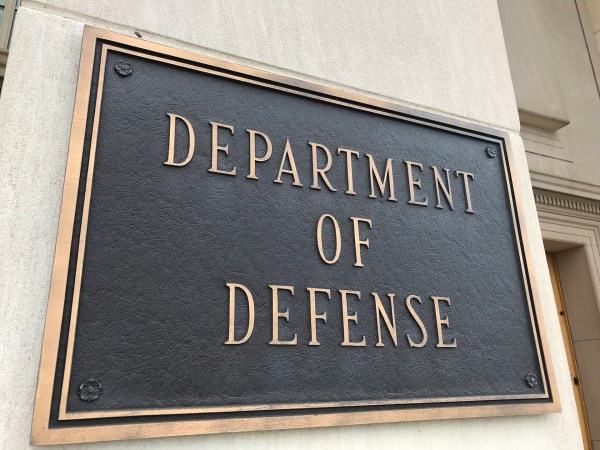In recent years, federal agencies have made some ambitious leaps into the cloud, developing sweeping strategies and launching massive acquisitions to onboard flexible, commercial capabilities to support their modernization efforts.
While some federal agencies are still early on in embracing a more wholesale move to the cloud outside, a handful of departments have planted their flags in pursuit of being cloud-enabled organizations.
In fiscal 2020, the federal government spent roughly $6.6 billion on cloud computing, according to Bloomberg. And that’s projected to grow to $7.2 billion or more before the close of fiscal 2021, especially with the new normal of remote work.
FedScoop compiled a list of seven of the largest and most impactful adoptions of cloud capabilities in recent years across the federal government. Notably, many come from the military and intelligence community — organizations that deal with the nation’s most sensitive and often secretive information and therefore must be extra thoughtful and secure when dealing with it in a commercial cloud environment.
This list is part of FedScoop’s Special Report — The Continued Push to the Cloud.







